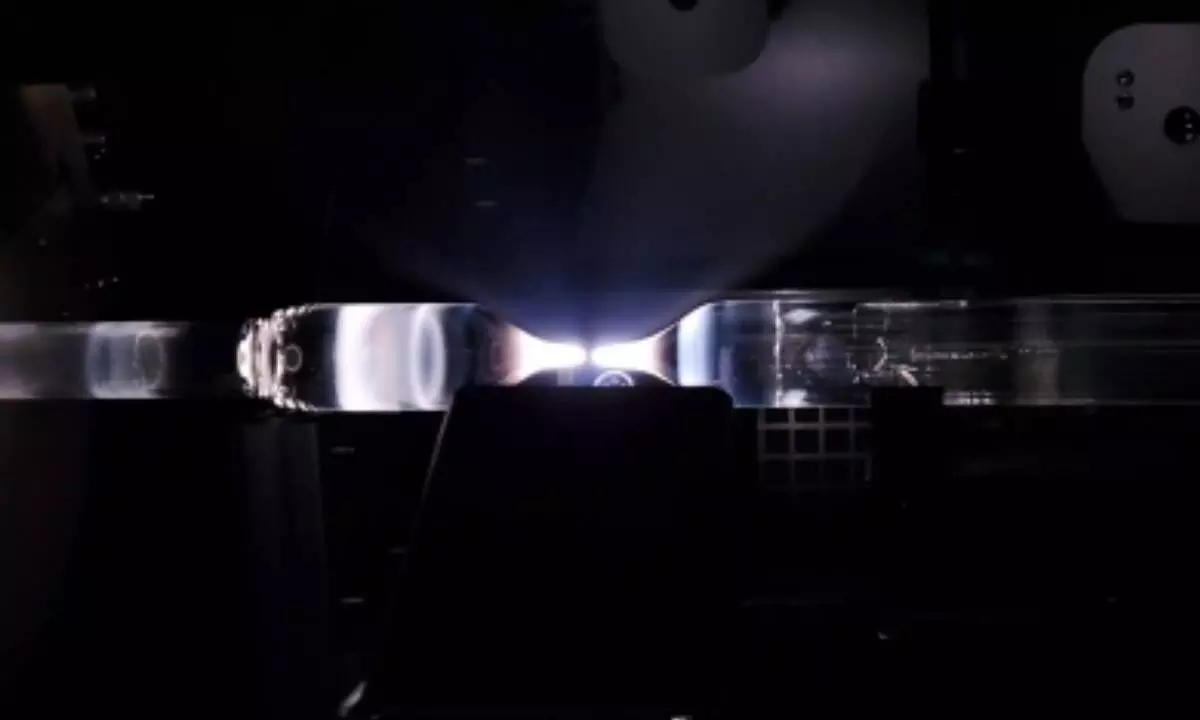Microsoft acquires firm developing high-speed cables
Microsoft has announced that it has acquired Lumenisity Limited, a leader in next-generation hollow core fibre (HCF) solutions.
image for illustrative purpose

San Francisco, Dec 10 Microsoft has announced that it has acquired Lumenisity Limited, a leader in next-generation hollow core fibre (HCF) solutions.
Lumenisity's innovative and HCF product can allow fast, reliable and secure networking for global, enterprise and large-scale organisations, the tech giant said in a blogpost on Friday.
With the acquisition, Microsoft can expand its ability to further optimise its global cloud infrastructure and serve its Cloud Platform and Services customers with strict latency and security requirements.
A wide range of industries including healthcare, financial services, manufacturing, retail, and government, can gain benefit from the technology.
"Organisations within these sectors could see significant benefit from HCF solutions as they rely on networks and data centres that require high-speed transactions, enhanced security, increased bandwidth and high-capacity communications," Girish Bablani, corporate vice president, Azure Core, Microsoft, explained.
HCF could speed up medical image retrieval in the healthcare industry by enabling providers to ingest, store and share medical imaging data in the cloud because it can handle the size and volume of large data sets.
Additionally, with the development of the digital economy, HCF could support global financial institutions looking for fast, secure transactions across a wide area.
It has several advantages over traditional cable including, "increased overall speed and lower latency as light travels through HCF 47 per cent faster than standard silica glass" and "enhanced security and intrusion detection due to Lumenisity's innovative inner structure".
Moreover, it provides "lower costs, increased bandwidth and enhanced network quality due to elimination of fibre nonlinearities and broader spectrum" and "potential for ultra-low signal loss enabling deployment over longer distances without repeaters."

